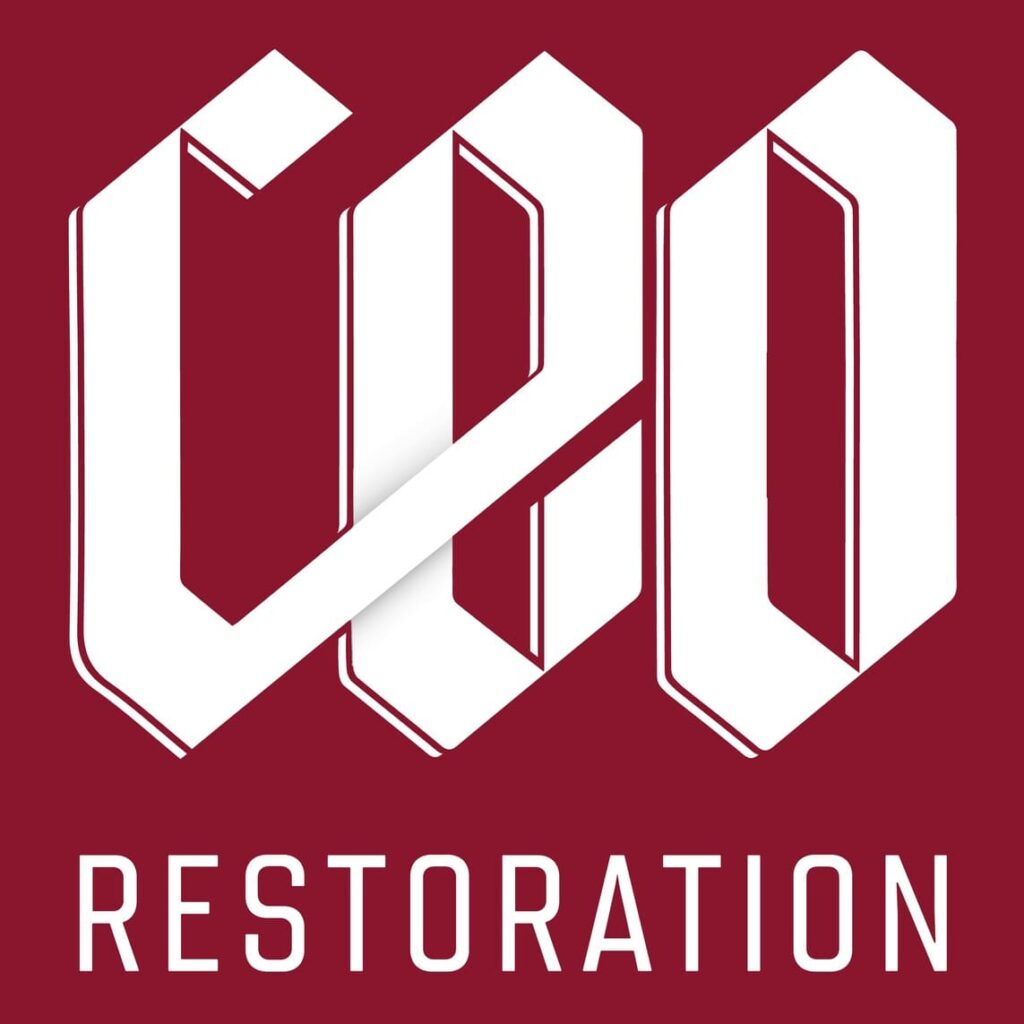Mold: the uninvited houseguest. It’s an all too common nuisance, lurking in our bathrooms, basements, or anywhere with poor ventilation and excess moisture. But should you get down to business and tackle it yourself? Let’s dive into the world of DIY mold remediation.
Introduction to Mold Remediation
Mold remediation is the process of removing and treating areas infested with mold, a fungi that can cause health issues like allergies and respiratory disorders. In severe cases, it can even cause damage to your property. But don’t panic just yet – let’s explore the realm of DIY mold remediation first.
Understanding DIY Mold Remediation
Basics of DIY Mold Remediation
Doing It Yourself (DIY) in this context means rolling up your sleeves and doing the work of mold remediation without the aid of professionals. This approach is often tempting because it can save money, but it’s not without its challenges.
Required Tools for DIY Mold Remediation
From safety goggles, gloves, and respirators, to specialized cleaning solutions and scrub brushes, embarking on DIY mold remediation demands a well-equipped toolbox. Are you prepared to invest in these necessities?
The Pros of DIY Mold Remediation
Cost Savings
The potential for cost savings is probably the most enticing aspect of DIY mold remediation. Hiring professionals can be costly, whereas doing it yourself just requires the necessary tools and materials.
Learning a Useful Skill
DIY mold remediation can also equip you with a useful skill. You’ll be able to manage minor mold problems in the future without needing to call in experts every time.
Flexibility and Convenience
Doing it yourself allows you the convenience of working around your schedule. No need to wait for the professionals or adjust your routine to accommodate them.
The Cons of DIY Mold Remediation
Risk of Incomplete Remediation
DIY methods might not fully eradicate mold, especially if the infestation is severe or hidden behind walls or under floors. Incomplete remediation can lead to recurring mold problems.
Health Hazards
Mold exposure can lead to health problems like allergies, respiratory issues, and even more severe conditions in some individuals. Without proper equipment and techniques, you could be risking your health.
Lack of Insurance Coverage
Most homeowner insurance policies don’t cover damages resulting from DIY repairs gone wrong. If something goes awry during your mold remediation project, you could be financially responsible for all damages.
Weighing the Risks: Is DIY Mold Remediation Worth it?
When to DIY and When to Call a Professional
Generally, you can handle small mold patches yourself. However, if the mold covers an area larger than ten square feet, or if it’s a result of water damage, it’s time to call in the pros.
Signs of Severe Mold Infestation
Watch out for long-term dampness, a musty smell, or recurring health issues among household members. These could be signs of severe mold infestation that requires professional attention.
Conclusion
DIY mold remediation has its advantages, but it’s not without risks. Evaluate your situation carefully, and don’t hesitate to call in professionals if the job seems beyond your capabilities.
FAQs
Can I remove mold myself?
Yes, but only for small patches. Larger infestations or those caused by water damage should be handled by professionals.
What tools do I need for DIY mold remediation?
Gloves, safety goggles, a respirator, specialized cleaning solutions, and scrub brushes are some of the necessary tools.
Does insurance cover DIY mold remediation damage?
Typically, homeowner insurance policies do not cover damages from DIY repairs.
What are the health risks associated with DIY mold remediation?
Exposure to mold can cause allergies, respiratory issues, and potentially severe health conditions.
What are the signs of severe mold infestation?
Persistent dampness, musty smell, and recurring health issues among household members could indicate a severe infestation.





